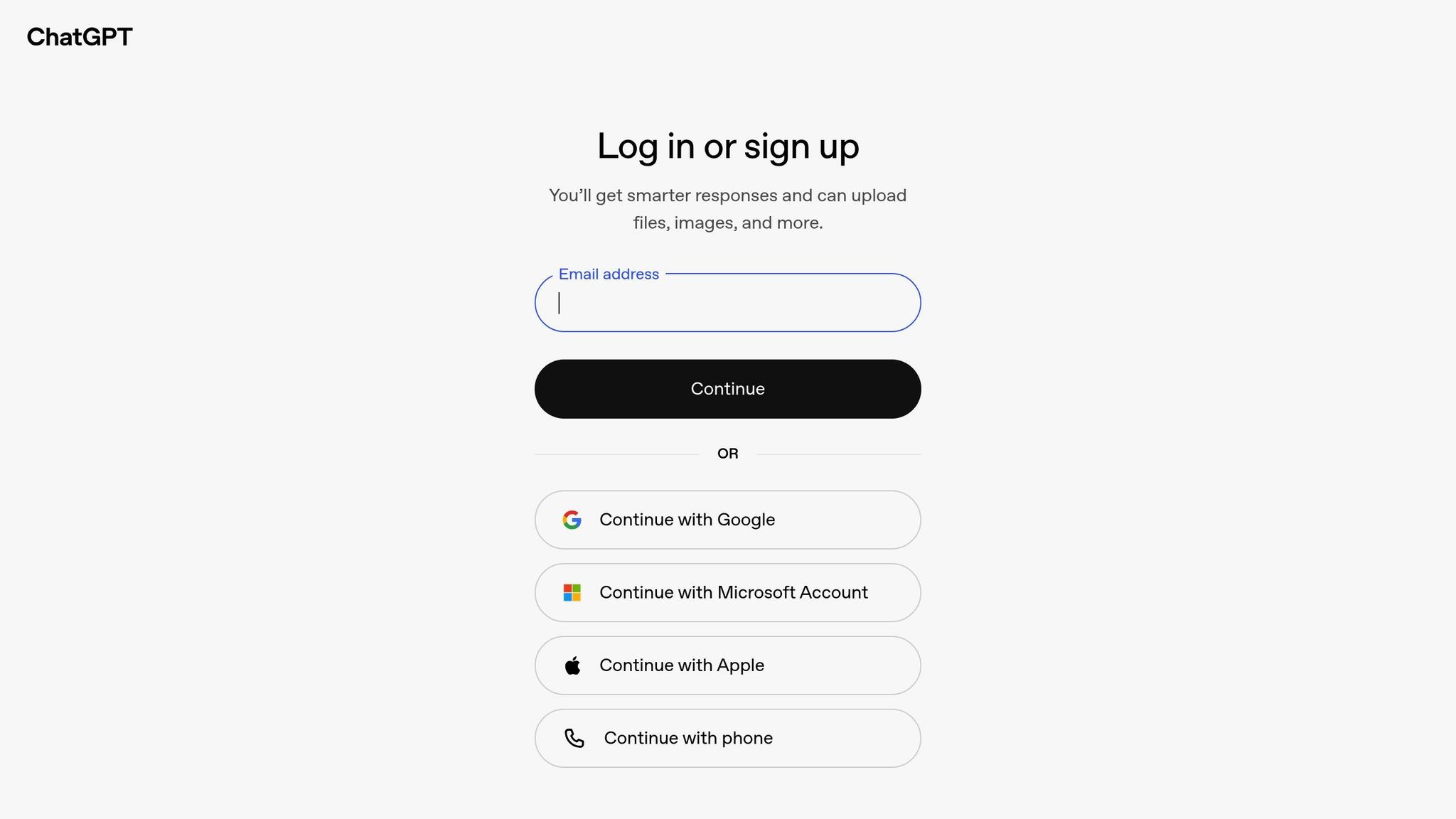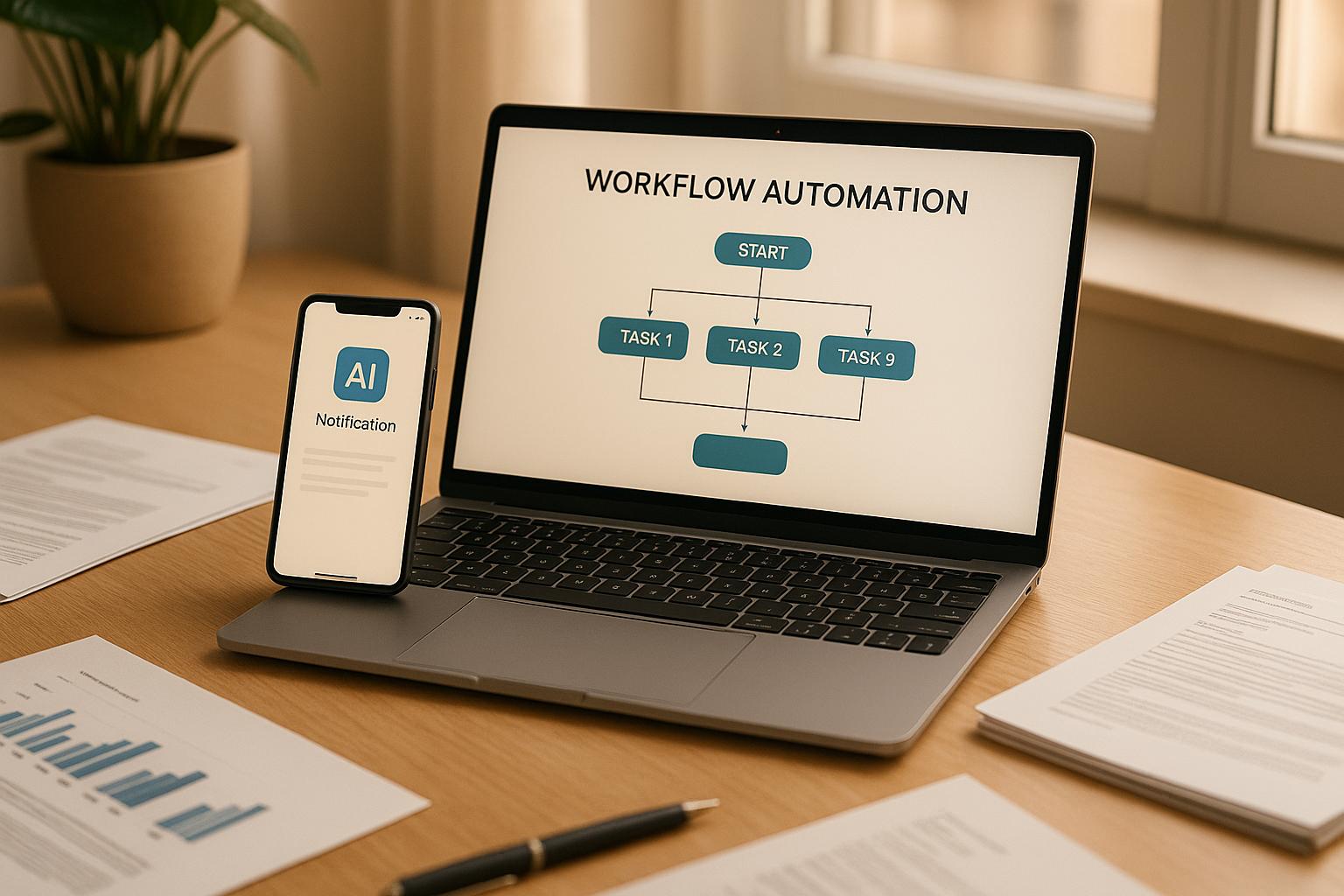Artificial intelligence has become an indispensable tool for enhancing creativity and productivity, particularly for business owners, teachers, students, and creators exploring AI tools for the first time. Among these tools, ChatGPT stands out as a powerful language model capable of automating tasks, generating ideas, and providing insights when used effectively. The key? Well-crafted prompts.
In this transformative guide, we’ll walk you through the essentials of building high-impact prompts for ChatGPT. From understanding prompt templates to exploring practical use cases, you’ll learn how to harness AI effectively to save time and deliver consistent, high-quality results.
Why Prompt Design is Essential for Effective AI Use
When working with tools like ChatGPT, the quality of the output depends heavily on how well the input is crafted. Think of crafting prompts like giving clear instructions to an assistant. The more specific and structured your guidance, the better the result. This is where prompt engineering comes in.
Prompt engineering involves creating detailed and precise instructions that guide AI to generate accurate, contextual, and useful responses. Well-designed prompts act as reusable "mini-systems", enabling users to automate recurring tasks, extract meaningful insights, and optimize workflows.
Key Components of a Good Prompt:
- Role Assignment: Define the role ChatGPT should play (e.g., financial accountant, marketing expert).
- Task Description: Clearly state what you want the AI to do, with specific objectives.
- Context and Background Information: Provide relevant details to improve accuracy and personalization.
- Examples: Include sample outputs to guide the AI’s response style and structure.
- Variables: Use placeholders to make prompts adaptable to different scenarios.
By incorporating these elements, you can transform ChatGPT into a valuable partner for your business or creative endeavors.
Time-Saving Use Cases: Three Practical Demonstrations
To illustrate the power of well-crafted prompts, let’s explore three actionable examples covered in the session: financial data analysis, systemizing business processes, and content creation.
1. Financial Data Analysis: Simplifying Complex Reports
Scenario: You’re meeting a client to discuss their financial statements. You need insights and a report summarizing key metrics, risks, and recommendations.
Solution: A prompt template for financial data analysis can save you hours. Here’s how it works:
- Step 1: Define ChatGPT’s role as a "financial accountant with expertise in data interpretation."
- Step 2: Upload financial statements (e.g., a PDF or Excel file) and provide a brief description of the business (e.g., industry, location, operational goals).
- Step 3: Include specific objectives, such as identifying discrepancies, calculating financial ratios, assessing cash flow, and highlighting growth opportunities.
Example Output: Within minutes, ChatGPT generates a detailed report that includes:
- Discrepancy checks (e.g., whether the balance sheet balances).
- Financial ratio analysis with clear interpretations.
- A summary of cash flow efficiency and cost structures.
- Actionable recommendations, such as optimizing pricing strategies or improving liquidity controls.
This approach not only streamlines client meetings but also ensures consistency in your financial analyses.
2. Systemizing Business Processes with Process Maps
Scenario: You want to systemize your business or help a client identify and create standard operating procedures (SOPs) for key functions.
Solution: Use a process map builder prompt to prioritize and structure essential systems. Here's how:
- Step 1: Assign ChatGPT the role of "SOP specialist skilled in creating detailed process maps."
- Step 2: Provide the business’s website or a brief description for context.
- Step 3: Define core functional areas (e.g., marketing, operations, finance) and request a breakdown of the top five SOPs for each.
Example Output:
- Marketing: Social media scheduling, content creation, and brand consistency systems.
- Operations: Inventory management, supplier procurement, and quality control.
- Finance: Budgeting, tax planning, and cash flow management.
Why It’s Powerful: This process identifies high-priority systems, helping businesses focus on areas that yield the most significant impact. It also sets the foundation for creating supporting documentation, like checklists and scripts.
3. Content Creation: Generating Creative Ideas
Scenario: You’re a business owner or content creator looking for fresh ideas for blog posts, social media campaigns, or other marketing materials.
Solution: Use a content ideas generator prompt tailored to your target audience and subject matter. Here’s how to structure it:
- Step 1: Specify the task (e.g., generate blog post ideas).
- Step 2: Define your audience (e.g., small business owners, plumbers, teachers).
- Step 3: Provide a subject area (e.g., bookkeeping, marketing, or AI tools).
Example Output: Seven blog post ideas for bookkeeping tailored to tradespeople:
- "The Pounds You’re Leaving on the Table: Why Tradespeople Need Better Bookkeeping."
- "Receipts in the Van? Here’s a Smarter Way to Manage Business Expenses."
- "QuickBooks vs. Xero: Which Accounting App is Best for Your Trade?"
- "How to Read Your Financial Numbers Without an Accounting Degree."
- "End-of-Year Bookkeeping Checklist for Contractors."
- "What to Do Now to Pay Less Tax."
- "From Chaos to Clarity: How One Electrician Transformed Their Finances."
Why It’s Powerful: By simply adjusting a few variables (e.g., audience type, content format), you can generate diverse and relevant content ideas every week.
Key Takeaways: Unlocking ChatGPT’s Potential

- Invest in Prompt Design: A well-crafted prompt is the difference between average and exceptional results. Always include role assignment, clear tasks, and examples for consistency.
- Leverage Prompt Templates: Build a library of reusable prompts for recurring tasks (e.g., financial analysis, content creation). Tools like Trello or Notion work well for organizing them.
- Start with Specific Objectives: The more precise your instructions, the higher the quality of the output.
- Incorporate Background Context: Providing details about your business or audience ensures tailored and actionable responses.
- Use Examples for Guidance: AI thrives on patterns - offer sample outputs to shape its response.
- Automate Processes: From financial reporting to creating SOPs, ChatGPT can save hours by automating repetitive tasks.
- Experiment with Follow-Up Prompts: For deeper insights, use follow-up questions or requests to refine the output.
Conclusion
Mastering prompts is like gaining the keys to unlock ChatGPT’s full potential. By implementing these strategies, you can save time, improve productivity, and enhance creativity across your work or business. Whether you’re analyzing data, building SOPs, or brainstorming content ideas, well-crafted prompts turn ChatGPT into a powerful assistant tailored to your needs.
The possibilities with ChatGPT are endless, but they start with a simple, thoughtful question: "What do I want to achieve?" With this guide, you’re now equipped to answer that question - and let AI handle the rest.
Source: "Building Effective Prompts: The Key to Optimizing ChatGPT" - Value Pricing Academy, YouTube, Aug 31, 2025 - https://www.youtube.com/watch?v=zZsUfJQha-c
Use: Embedded for reference. Brief quotes used for commentary/review.



